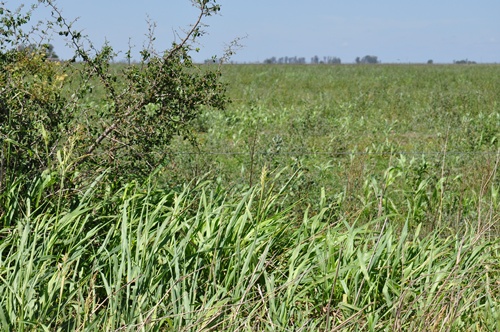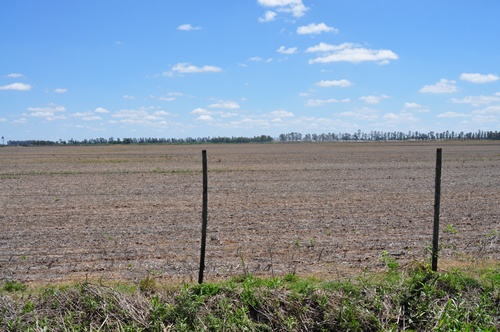I’m not a great shoe-shopper. In fact I’m not a great anything shopper. I do hit and run shopping; know what I’m going to buy, go and buy it, and leave again. But in this land where it took three trips to try and persuade the electricity company to send me a bill, I guess it just would take three trips to town to buy a pair of sandals.
I was looking for a pair of outdoor activity kind of sandals; chunky soles with a decent tread, adjustable upper bits, rugged feel…. something that you might buy from an outdoor pursuits shop in the UK, think Merrell, and no they’re not paying for the product placement (actually my last pair of Merrells were rubbish which is why I need new sandals at all, which was a disappointment since my previous Merrells were the best shoes I’ve ever bought, but we digress…)
Outdoor shops aren’t big round here, and having scoured the available range of shoe-shops and sports-shops, the first conclusion is that there isn’t a great deal of choice in the first place, which is kind of odd given that San Francisco has pretty well anything else that is available in the west. I wonder if it is something to do with the fact that in Argentina poor people walk and rich people drive, so people who could afford to buy quality shoes to walk in will never actually need them.
Anyway, having tracked down the modest selection, the next issue is size.
– Do you have these available in a 35? (that’s my size in Argentinean)
– No, these only go down to 37
– Do you have anything in a 35?
– No, these are all mens. The ladies’ are over here.
She leads me to the display of flimsy strappy sling-backed, smooth soled, pointy toed creations worn by those whose notion of an appropriately feminine activity starts and finishes by mincing from the carpark to coffee with possibly a little light shopping to follow; clearly not built for the race against the clock to do six errands on the bike before picking up the kid from nursery, much less walking the dogs or visiting families on muddy small-holdings in the back of beyond. Hence I try a different approach; the childrens’ section:
– Do you have these available in a 35? (that’s still my size in Argentinean)
– No, these only go up to 33
– Do you have anything in a 35?
– No, these are all children’s sizes.
But hang on… what’s a kid supposed to do in the bit where they grow out of the children’s section at size 33 and grow into the adult section at size 37? A bored smile and a shrug of the shoulders from the shop assistant who looks like she’s only just about old enough to have children and almost certainly isn’t paid enough to care.
Repeat the above four paragraphs in three different establishments.
Having tried on all the 37’s to find the smallest and then adjusting all the straps down, I’ve finally come away with something that might just about be a 35 if you squint a bit. But I’m left wondering this; supposing we were still in Argentina in another decade or so, what on earth will my, by then, twelve year old be wearing on his feet?

